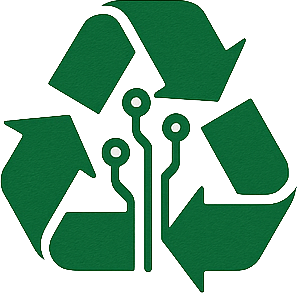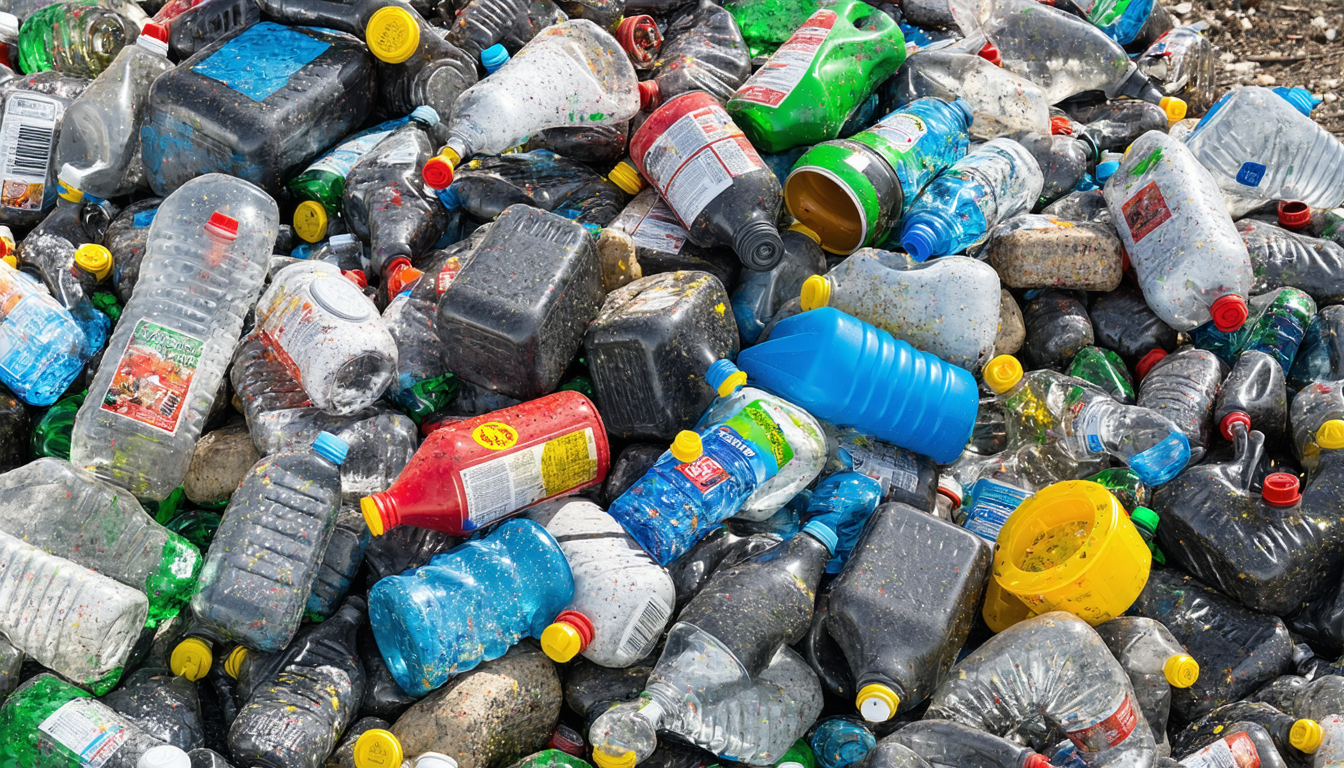In the United States, the safe disposal of household hazardous waste (HHW) is a growing concern as communities strive to protect the environment and public health. From old paint cans to expired medications, improper disposal of these items can lead to pollution and safety hazards. This article explores the latest developments in HHW management, including how to find disposal options near you, the importance of proper handling, and emerging trends in waste programs. Stay informed on how local and national efforts are shaping safer disposal practices for American households.
Understanding Household Hazardous Waste
Household hazardous waste includes everyday items like batteries, cleaning chemicals, pesticides, and electronics that can harm the environment if not disposed of correctly. According to the Environmental Protection Agency (EPA), millions of tons of HHW are generated annually in the U.S., yet only a fraction is managed through designated programs. Mishandling these materials can contaminate soil, water, and air, posing risks to both ecosystems and human health.
The challenge lies in accessibility. Many Americans are unaware of disposal options or face limited facilities in their area. This gap has spurred recent initiatives to improve education and infrastructure for HHW management.
Finding Household Hazardous Waste Disposal Near Me
For those searching for “household hazardous waste disposal near me,” resources are more accessible than ever. Most municipalities offer drop-off events or permanent collection sites for HHW. The EPA’s website provides a directory of local programs, while state environmental agencies often list specific guidelines and locations. As of 2023, over 5,000 collection sites operate nationwide, though availability varies by region.
To locate a facility:
– Visit your city or county’s waste management website.
– Use tools like Earth911.com to search by ZIP code.
– Contact local recycling centers for event schedules.
“Education is key to ensuring residents dispose of hazardous materials safely,” says Dr. Emily Carter, an environmental scientist with the National Waste Management Association. “Many don’t realize that simple actions, like dropping off old paint at a designated site, can prevent long-term environmental damage.”
Why Proper Disposal Matters
Improper disposal of HHW can have severe consequences. For instance, pouring chemicals down drains can disrupt wastewater treatment systems, while tossing batteries into regular trash risks fires at landfills. The EPA estimates that hazardous waste contributes to over 20% of groundwater contamination incidents in the U.S., affecting drinking water supplies.
Communities bear the cost of cleanup when waste is mishandled. Local governments spend millions annually addressing illegal dumping and pollution. Safe disposal programs not only mitigate these expenses but also promote sustainability by recovering materials for reuse or recycling.
Recent Developments in HHW Management
In 2023, several states have expanded their HHW initiatives. California, for example, launched a statewide campaign to increase collection events by 30%, targeting rural areas with limited access. Meanwhile, New York introduced legislation requiring retailers to accept certain hazardous items, like batteries and fluorescent bulbs, for free recycling.
Nationally, the EPA has allocated $50 million in grants to improve waste infrastructure under the Bipartisan Infrastructure Law. These funds aim to establish more permanent collection sites and enhance public awareness campaigns. Such efforts signal a shift toward proactive waste management, reducing reliance on sporadic drop-off events.
Future Implications and Challenges
The push for better HHW disposal reflects broader environmental goals, including reducing landfill use and combating climate change. Innovations like mobile collection units and mail-back programs for medications are gaining traction, offering convenience to residents. However, funding remains a hurdle. Many local programs struggle with budget constraints, limiting their ability to serve growing populations.
Another concern is equity. Urban areas often have more resources than rural regions, leaving some communities underserved. Addressing this disparity will require collaboration between federal, state, and local entities to ensure all Americans can access safe disposal options.
Looking ahead, experts predict stricter regulations on product manufacturing to minimize hazardous content. “We’re seeing a trend toward producer responsibility,” notes Dr. Carter. “Companies may soon be required to take back their products at the end of their lifecycle.”
Conclusion
Safe household hazardous waste disposal is vital for protecting our environment and health. With thousands of collection sites across the U.S. and new initiatives on the horizon, finding “household hazardous waste disposal near me” is becoming easier. Yet challenges like funding and accessibility persist. By staying informed and utilizing available resources, households can play a crucial role in sustainable waste management. As policies evolve, collective action will ensure a cleaner, safer future for all.
Frequently Asked Questions (FAQs)
1. What qualifies as household hazardous waste?
Items like paint, solvents, pesticides, batteries, electronics, and medications are considered hazardous due to their potential to harm the environment or human health if improperly disposed of.
2. How can I find household hazardous waste disposal near me?
Check your local government’s waste management website, use online tools like Earth911.com, or contact nearby recycling centers for drop-off locations and event schedules.
3. Is there a cost to dispose of hazardous waste?
Some programs are free, while others may charge a small fee depending on the item or quantity. Check with your local facility for specific policies.
4. What happens if I throw hazardous waste in regular trash?
It can lead to environmental contamination, fires, or health risks. It may also result in fines if discovered by waste management authorities.
5. Are there alternatives to physical drop-off sites?
Yes, some areas offer mail-back programs for items like medications or sharps, and mobile collection units are becoming more common for added convenience.





